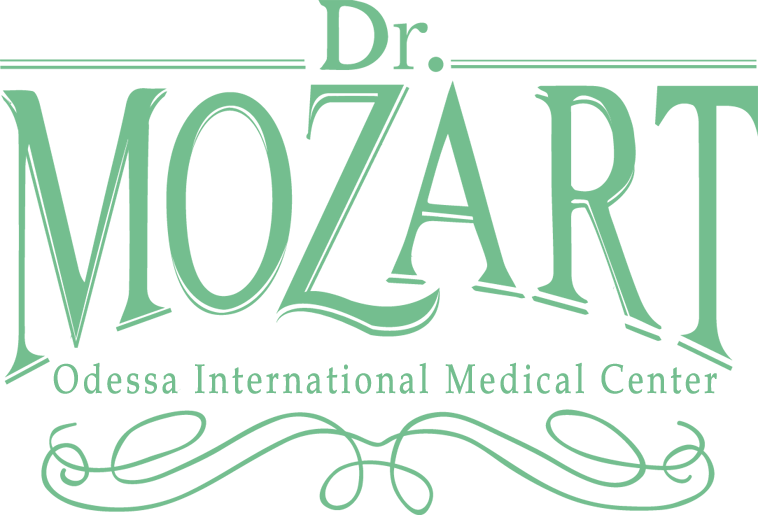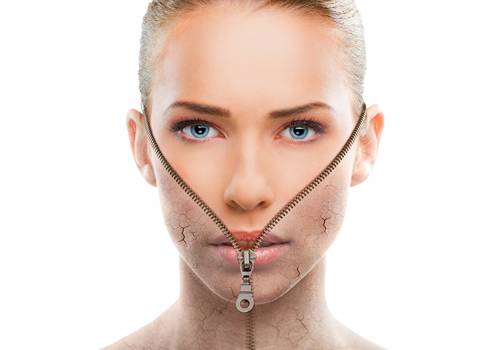
Rejuvenating laser resurfacing
Laser resurfacing is a treatment to reduce facial wrinkles and skin irregularities, such as blemishes or acne scars.
The technique directs short, concentrated pulsating beams of light at irregular skin, precisely removing skin layer by layer. This popular procedure is also called lasabrasion, laser peel, or laser vaporization.
How Does Laser Skin Resurfacing Work?
The two types of lasers most commonly used in laser resurfacing are carbon dioxide (CO2) and erbium. Each laser vaporizes skin cells damaged at the surface-level.
CO2 Laser Resurfacing
This method has been used for years to treat different skin issues, including wrinkles, scars, warts, enlarged oil glands on the nose, and other conditions.
The newest version of CO2 laser resurfacing (fractionated CO2) uses very short pulsed light energy (known as ultrapulse) or continuous light beams that are delivered in a scanning pattern to remove thin layers of skin with minimal heat damage. Recovery takes up to two weeks.
Erbium Laser Resurfacing
Erbium laser resurfacing is designed to remove surface-level and moderately deep lines and wrinkles on the face, hands, neck, or chest. One of the benefits of erbium laser resurfacing is minimal burning of surrounding tissue. This laser causes fewer side effects — such as swelling, bruising, and redness — so your recovery time should be faster than with CO2 laser resurfacing. In some cases, recovery may only take one week. Ask your doctor how long recovery is likely to take for you.
If you have a darker skin tone, erbium laser resurfacing may work better for you.


